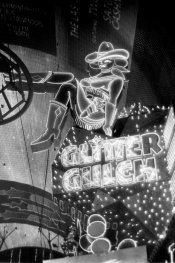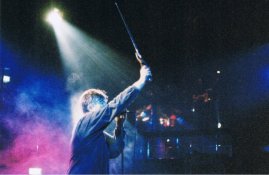Sorry but why false to the extreme ISO? whats the top ISO you have obtained using film? Ive been able to push it to 6400 with usable results (12800 but result wherent that pleasing). On digital (Canon 6d) I'v usable and pleasing photos (monochrome mode) with ISO 102,400. Can you said that for film? Let me say this again, we are talking about usable result, not muddled shapes and grains.
Don't misunderand me, 9.5 (I use half frame cameras as well) out of 10 photos I make are made with film. I'm just like to be objective about facts.
Of course, I rather have a 3200 film shot than a 102,400 on digital hanging on my wall, but facts are fact.
Please let me know if Im wrong (most likely I'm, not as arrogant as to believe Im know everything). Would like to heard people results using extreme ISO on film.
Excuse me Marcelo Paniagua
Digital cameras have only one ISO (the "native" ISO, and not always corresponds to the "lowest" in the camera, and not always is available to the user) because there is a limit in the number of the photons for each cell, the rest is signal amplification. The size of each cell is what makes that limit (that ISO) for each sensor. The biggest the sensor, the biggest are (or can be) its cells, and the bigger the cells the more amount of photons he gets. Because is not the energy of the photons (that doesn't change) what marks the ISO, it's the number of them. When you increase (push) that signal (S) native number (and the ISO with it), you're creating/inventing a gain (taking new data) ... affecting the final result with electronic noise (S/N), lower colour quality, reducing the contrast range, bla, bla, bla those are the "extreme" digital ISO numbers. With that being said, you should know what are you doing when you select 102.400 ISO on your 6D.
Now, to answer your second question, my top film ISO so far was 25.000 (pushed from K. p3200) where 3200 was EI / and 1000 was the "native speed as starting point". That's why my "False" answer.
















